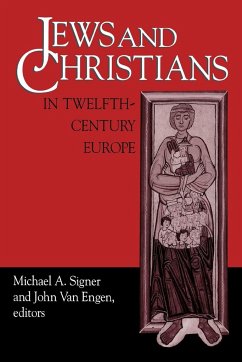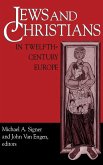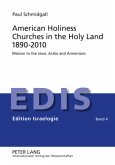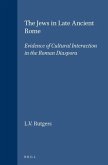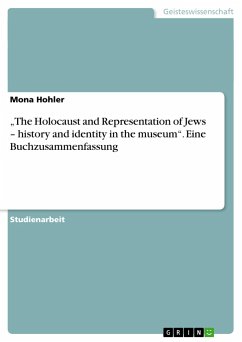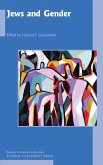In the summer of 1096, marauding crusaders attacked Jewish communities in three Rhineland cities. These violent episodes disrupted what had been a fairly peaceful history of coexistence between Jews and Christians for more than two centuries. Although the two groups inhabited fundamentally different religious universes, Jews and Christians lived in the same towns, on the same streets, and pursued their lives with minimal interference, often with considerable cooperation. However, the events of 1096 caused relations between the two communities to deteriorate, with Jewish communities suffering as a result. The careful analyses of people, events, and texts provide a balanced perspective on the fate of twelfth-century Jewish communities. The contributors reveal considerable evidence that old routines and interactions between Christians and Jews persisted throughout this volatile period. The essays intentionally highlight areas of common or parallel activity: in vernacular literature, in biblical exegesis, in piety and mysticism, in the social context of conversion, in relations with prelates and monarchs, in coping in a time of change, renewal, and upheaval. Most importantly, the contributors insist on integrating both Jewish and Christian perspectives into the larger history of a very complex and increasingly urban twelfth-century Europe.
Hinweis: Dieser Artikel kann nur an eine deutsche Lieferadresse ausgeliefert werden.
Hinweis: Dieser Artikel kann nur an eine deutsche Lieferadresse ausgeliefert werden.

